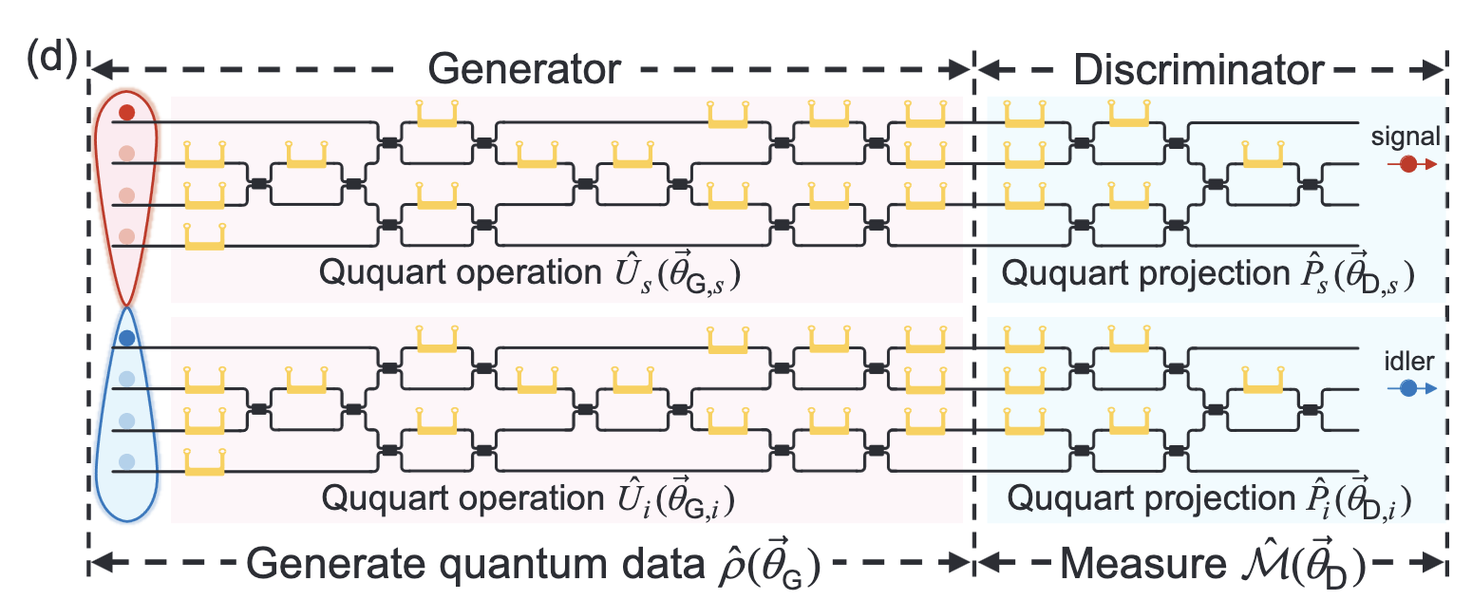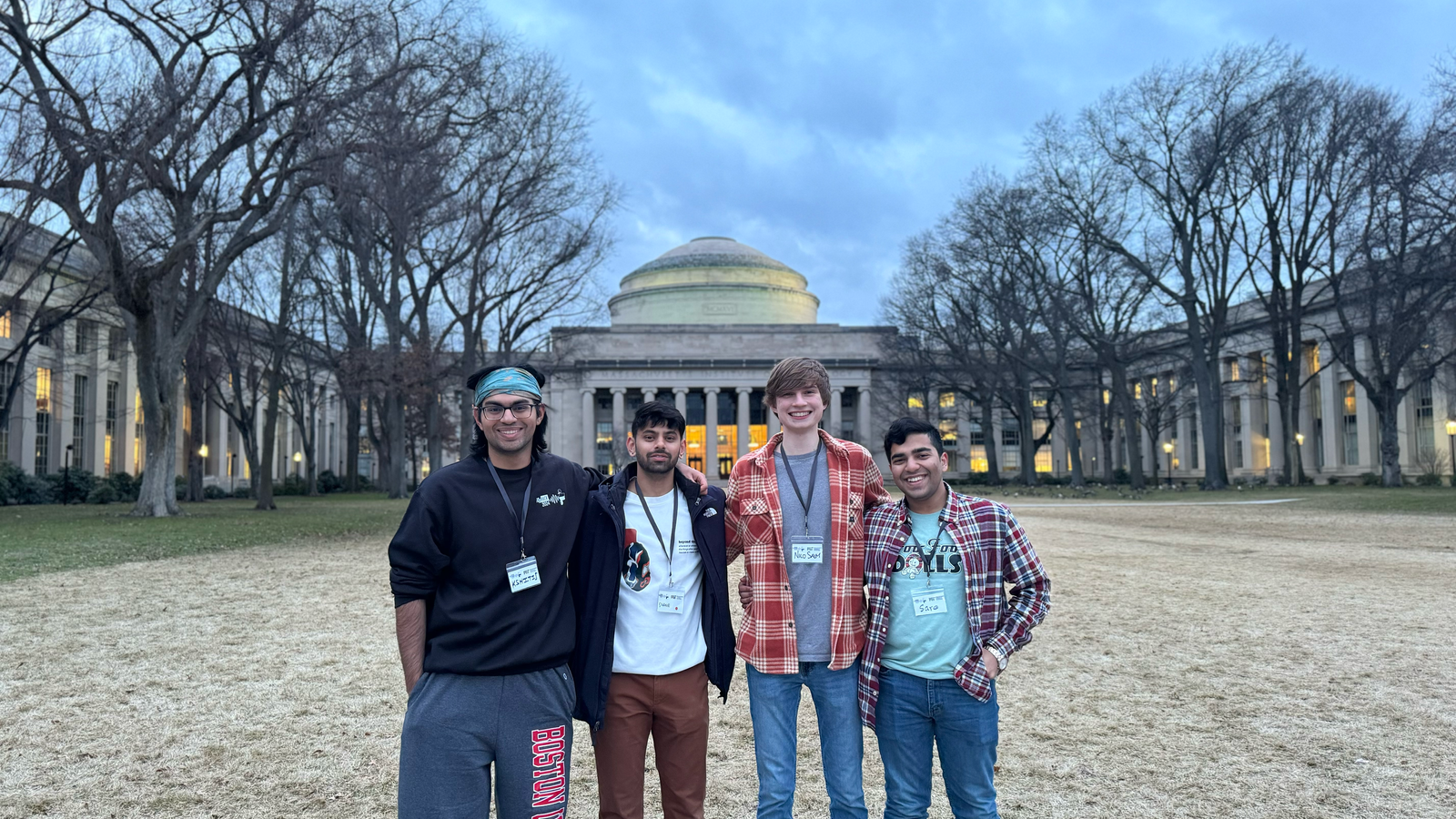First things first, a quick Public Service Announcement: ingesting 1400+ mg of caffeine is not recommended, even under the most dire of circumstances. Now, let’s dive into the experience.
IQuHACK is an annual quantum hackathon hosted by QRISE and MIT, held on the MIT campus. The event sees the participation of roughly ten companies, each proposing big picture challenges to the attendees. These challenges are kept under wraps until the hacking period commences. Participants are asked to rank the challenges they prefer and are sorted into teams accordingly, ensuring each company has a roughly equal number of teams tackling their challenges.
Our team had a keen interest in Quandela’s challenge, attracted by the potential to work with QPINNs (quantum physics-informed neural networks). However, once the challenge details were revealed, it became clear that we wouldn’t be able to pursue QPINNs. Instead, our focus shifted towards Quantum Generative Adversarial Networks (QGANs), leveraging Quandela’s Perceval framework. This marked a new journey for us as we had never worked with the Perceval framework before. Drawing from our knowledge of Qiskit and the guidance of our Quandela mentors, we navigated the new challenge. The Perceval documentation proved to be clear and accessible, facilitating a smooth start to our project.
The practical phase of our project involved setting up a Perceval circuit, which was crucial for the implementation of our QGAN. This setup featured a bi-ququartite circuit designed to facilitate a competition between a generator and a discriminator, aiming for a Nash equilibrium.

Our next step was to generate the initial quantum state, which required us to revisit and rethink the traditional concept of a qubit to better fit the quantum photonics context.
Training the QGAN introduced us to a range of challenges and learning opportunities. We experimented with three different optimization approaches: Secant Descent, the Vectorized Approach, and Finite-Difference Gradient Descent. Each method offered unique insights into optimizing quantum adversarial learning, though their effectiveness varied.
The Secant Descent method, a novel approach to optimization, achieved a fidelity of 32%. While innovative, it faced limitations due to randomness in parameter initialization. The Vectorized Approach, focusing on optimizing the strategic interplay between the generator and discriminator, showed promise with a fidelity of 45%. However, it was sometimes thwarted by false minima. The Finite-Difference Gradient Descent, our initial strategy, faced challenges with potential overfitting, as indicated by a dramatic drop to zero in the loss function during its second iteration, achieving a fidelity of 28%.
This exploration of methodologies illuminated the complex nature of quantum adversarial learning. Although not all experiments met our expectations, the process provided invaluable insights into the potential and direction of QGANs in the realm of quantum computing.
Participating in the Quandela Challenge at IQuHack was more than just a competition; it represented a deep dive into the cutting-edge of quantum computing and machine learning. Our exploration with QGANs and the Perceval framework has paved new paths for our research and discovery.
I conclude with a heartfelt thank you to Pierre, Sam, and the entire Quandela team for their unwavering support, and to our peers who aided us throughout this journey.
As we look to the future, the possibilities within quantum computing appear boundless, as ever.
The project repository may be found here.
